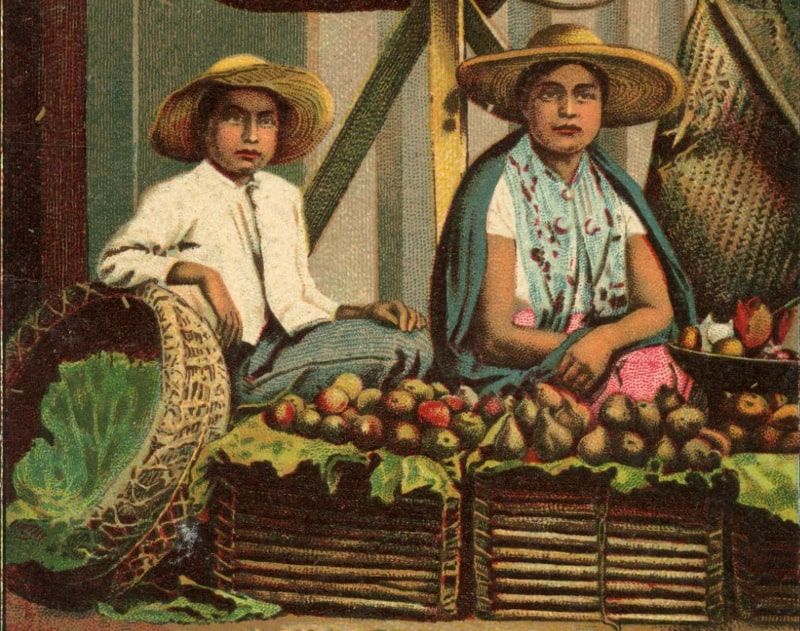Mexican cuisine through Benito Juarez's diary of expenses
As a result of the subtlety of President Benito Juárez's cook in recording part of the expenses of the kitchen of the provisional presidential residence in the city of Veracruz, we can learn about some of the practices of Mexican gastronomy that developed in the mid-nineteenth century.





